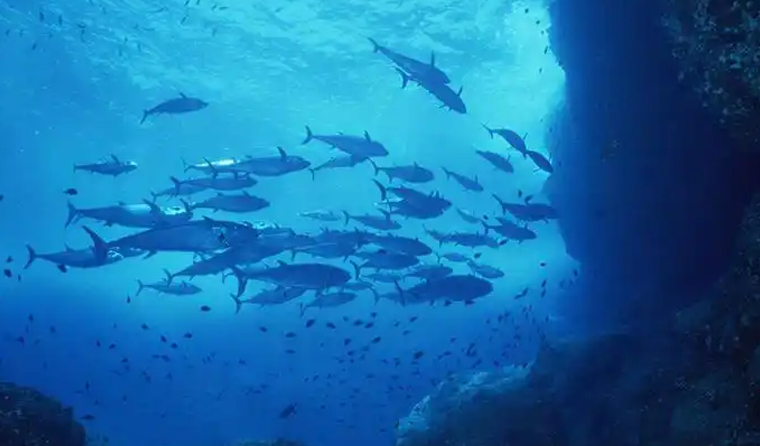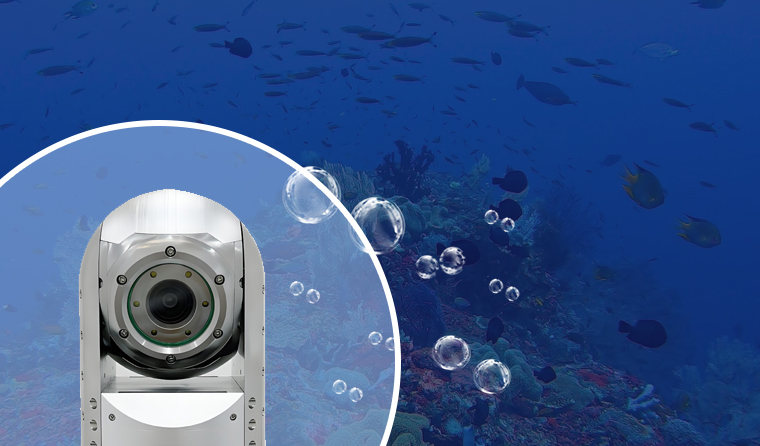Depth Requirements for Underwater Aquaculture Cameras
Hits: 720 Time: October 18,2025

The use of underwater aquaculture cameras has clear depth requirements, which mainly depend on the pressure resistance level of the equipment. It is necessary to match the depth of the aquaculture water body to avoid the shell being deformed by pressure or leaking water. The specific classifications are as follows:
1. Basic Depth Adaptation (Classified by Pressure Resistance Level)
-
Shallow water environment (≤5 meters): Such as ponds, shallow tidal flats, and industrial aquaculture tanks. A camera with "5-meter pressure resistance" is sufficient, which is small in size and easy to install.
-
Medium-deep water environment (5-30 meters): Such as offshore cages and deep-water ponds. Cameras with "10-30 meters pressure resistance" are required. Their shells are mostly made of thickened metal/engineering plastics, and some support depth adjustment via cables.
-
Deep water environment (>30 meters): Such as deep-sea cages and marine pastures. Professional cameras with "50-100 meters pressure resistance" are required, which are often used with Remotely Operated Vehicles (ROVs).

2. Key Notes
-
It is necessary to confirm the actual water depth of the aquaculture in advance (including the impact of tidal fluctuations) and reserve a 10%-20% pressure resistance margin.
-
Deep-water cameras need to be equipped with signal amplifiers to avoid transmission attenuation.
-
For low-temperature deep-water environments (such as the deep layer of reservoirs), additional attention should be paid to the cold resistance of the equipment.
For more information about underwater aquaculture camera, please visit the homepage.

